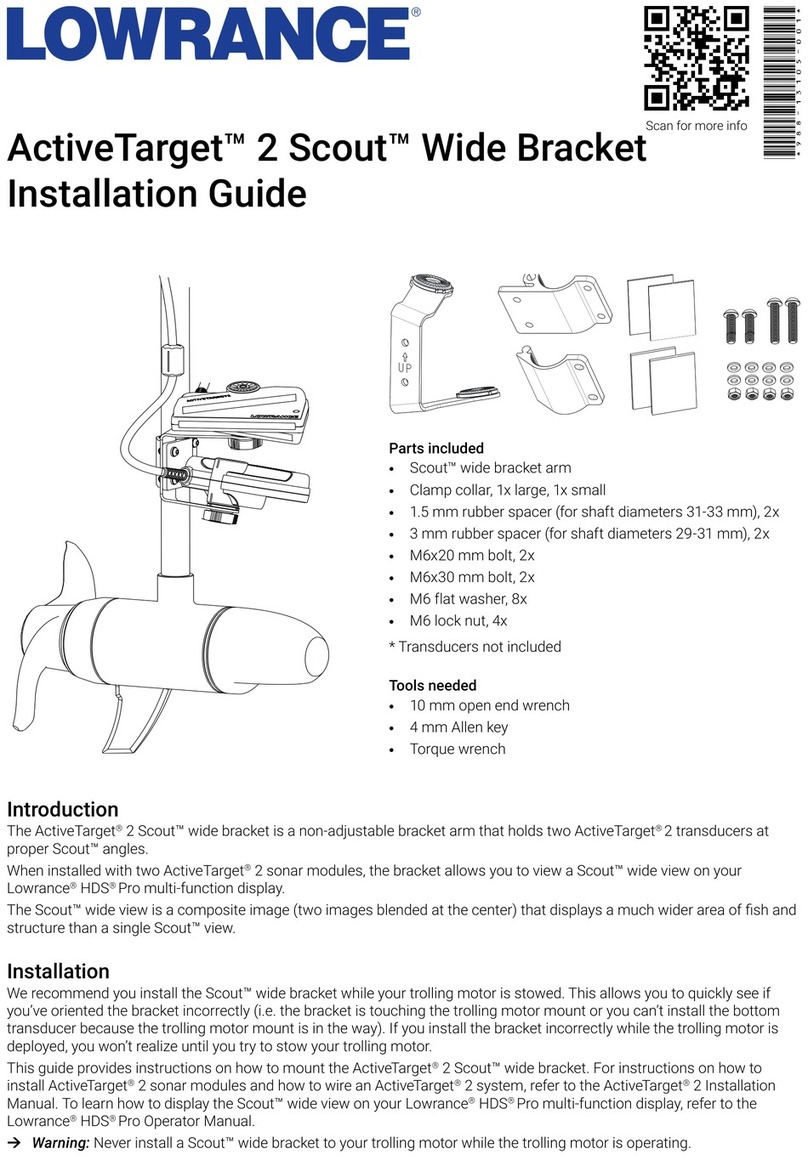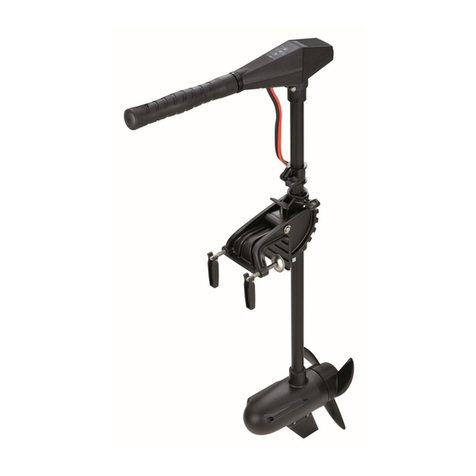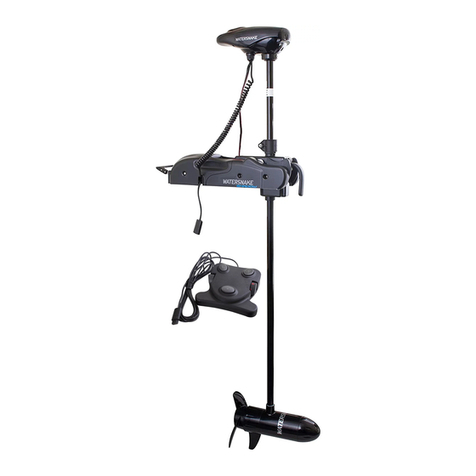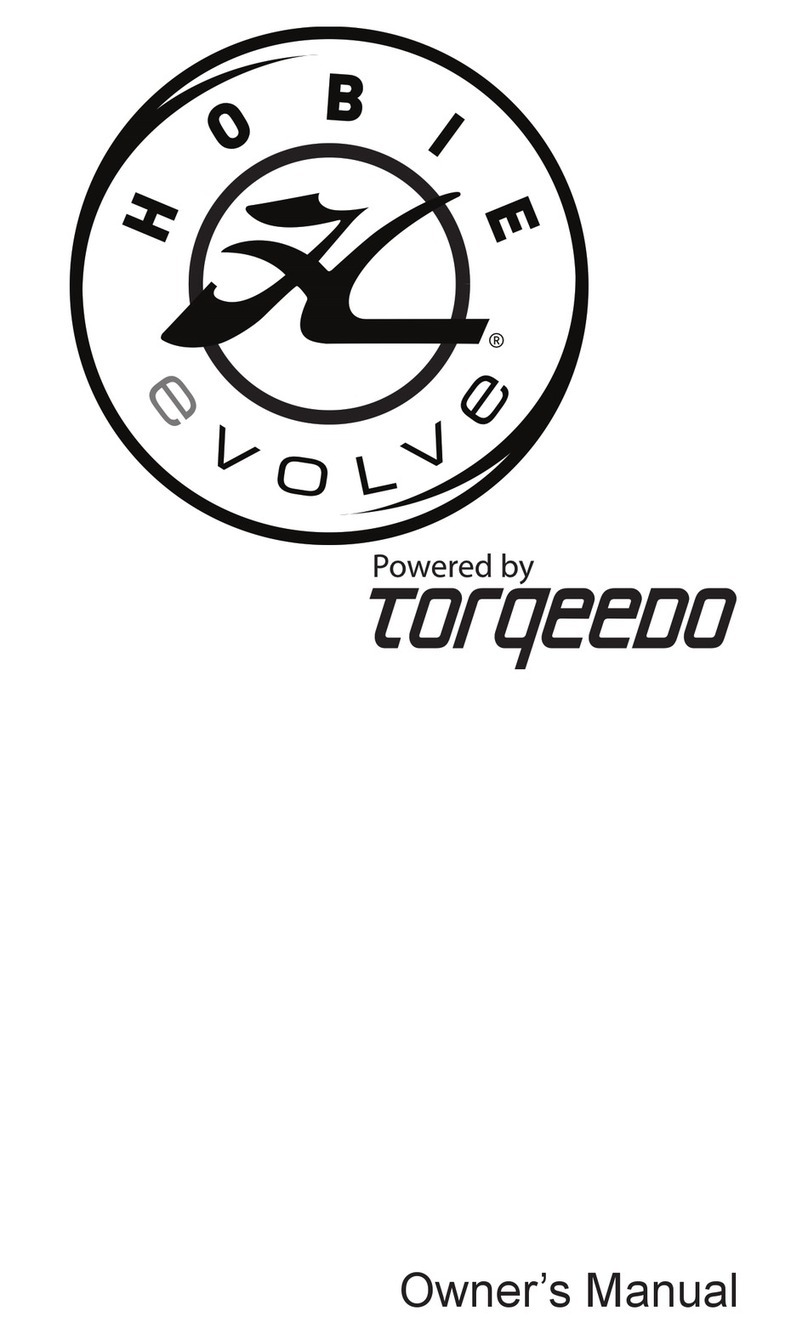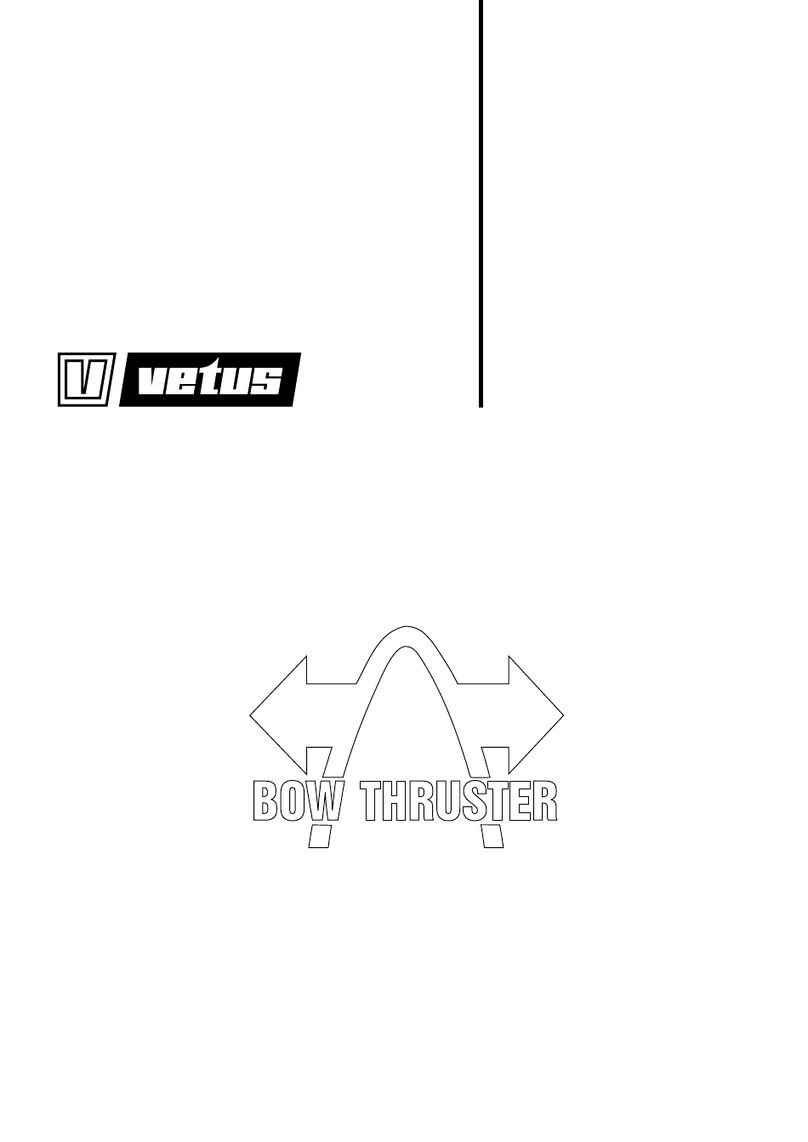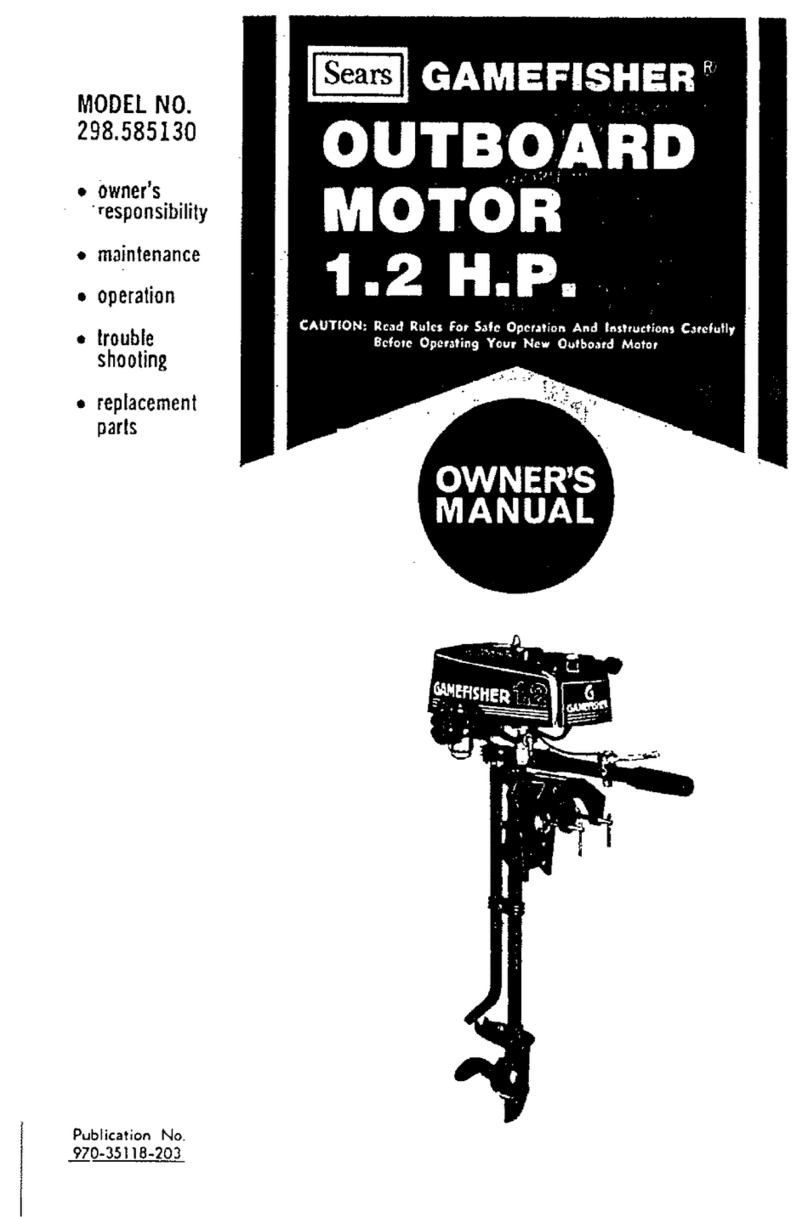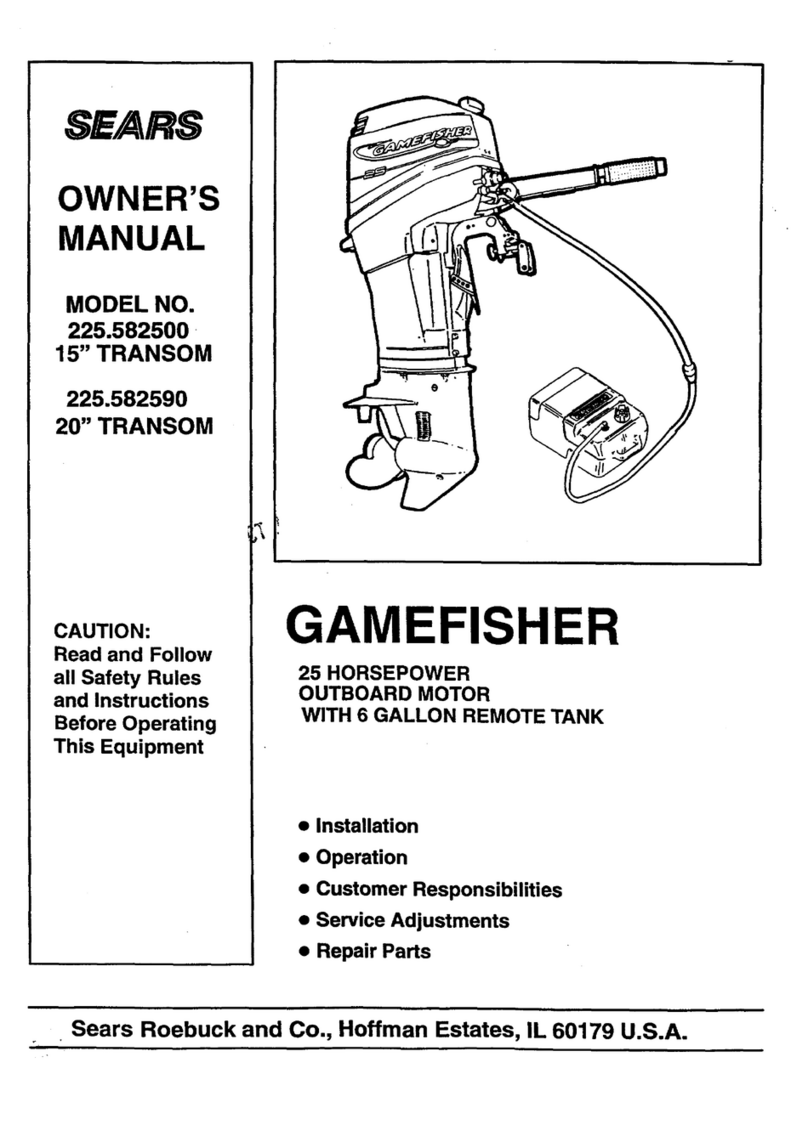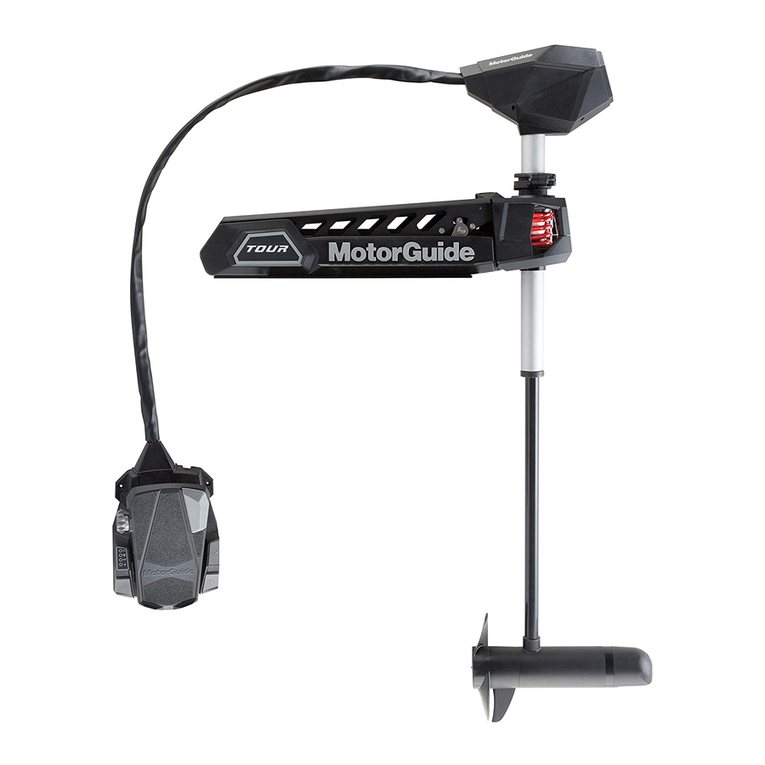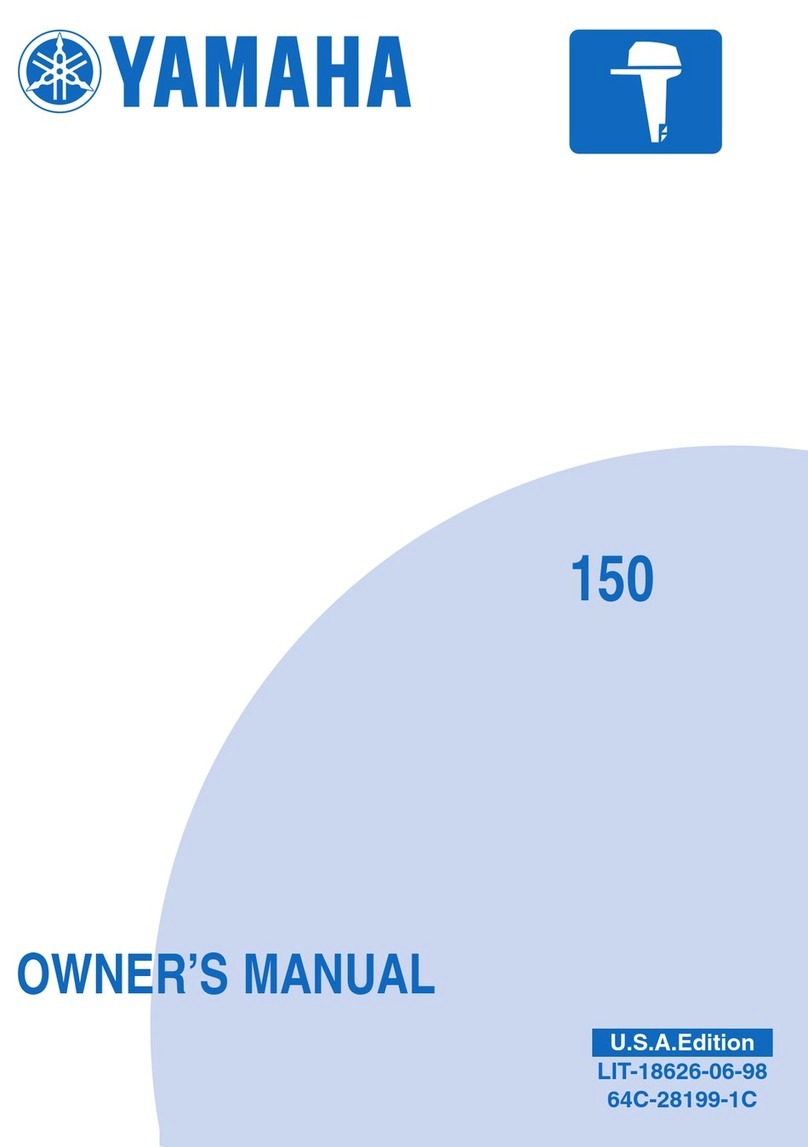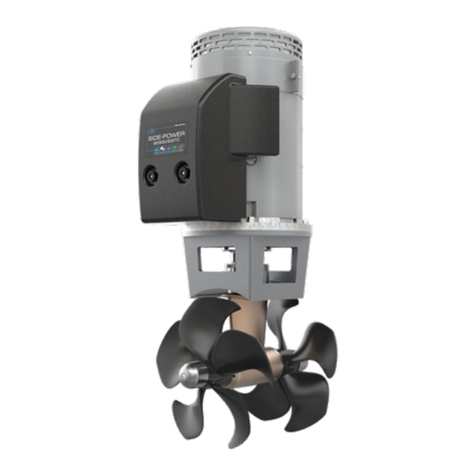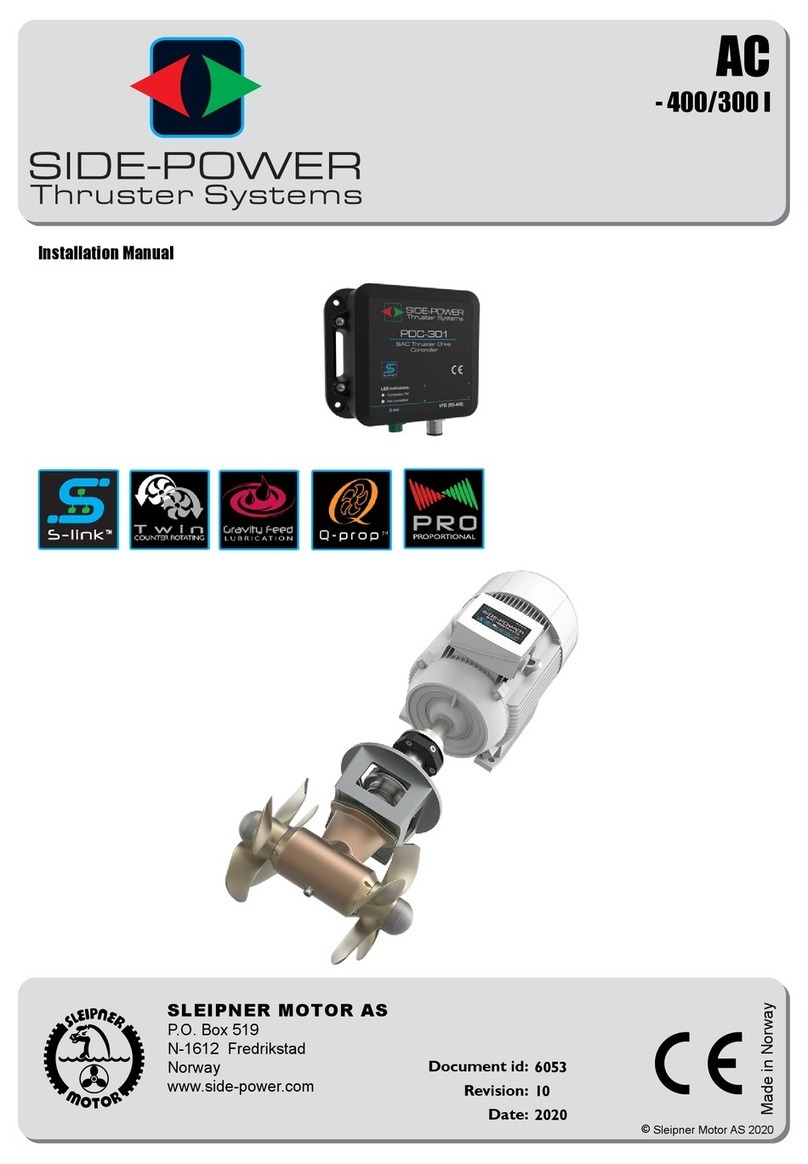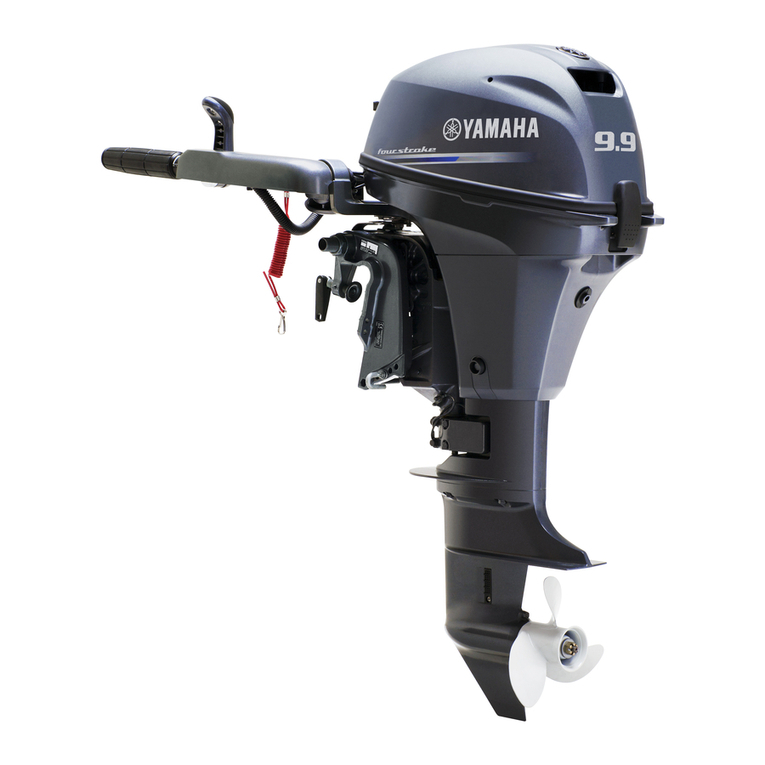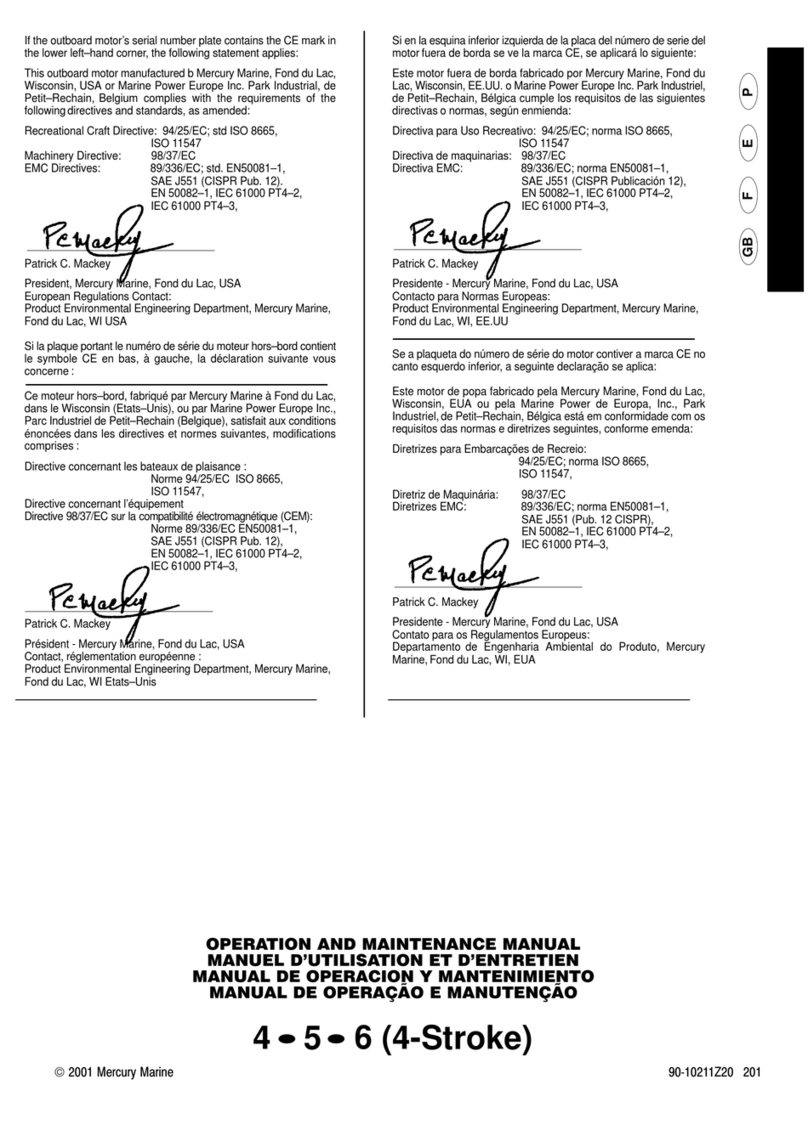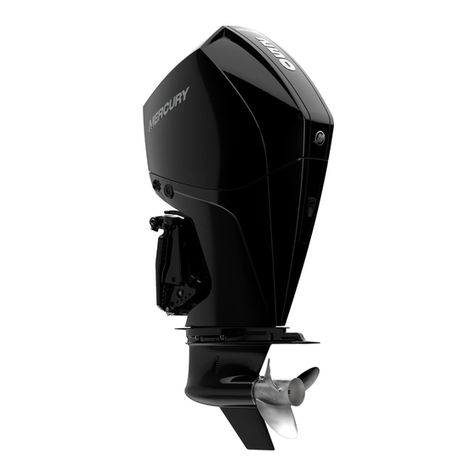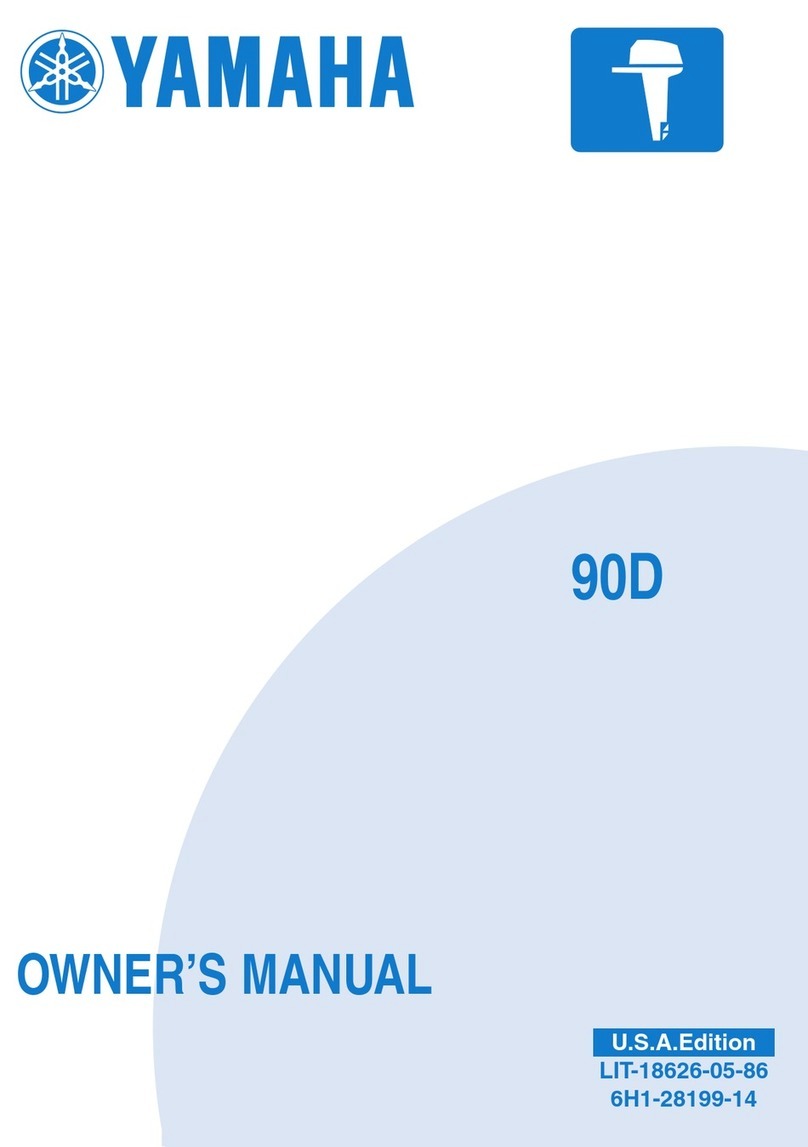Lowrance Ghost Series User manual

www.lowrance.com
GHOST®SERIES
OPERATOR MANUAL
ENGLISH
Scan here
to save a copy


| 3
Preface | Ghost Series Operator Manual
Disclaimer
!Warning: Refer to important safety information in the user product documentation and
review all warnings, limitations, and disclaimers before using this product.
This product is not a substitute for proper training and prudent seamanship. It is the owner’s
sole responsibility to install and use the equipment in a manner that will not cause accidents,
personal injury or property damage. The user of this product is solely responsible for
observing maritime safety practices.
Navigational features that appear in this guide are not a substitute for proper training and
prudent seamanship. They do not replace a human navigator and SHOULD NOT be relied on
as a sole or primary source of navigation. It is the operator’s sole responsibility to use more
than one navigational methods to ensure the route suggested by the system is safe.
BRUNSWICK CORPORATION AS AND ITS SUBSIDIARIES, BRANCHES AND AFFILIATES DISCLAIM
ALL LIABILITY FOR ANY USE OF THIS PRODUCT IN A WAY THAT MAY CAUSE ACCIDENTS,
DAMAGE OR THAT MAY VIOLATE THE LAW.
This document represents the product as at the time of publishing. Brunswick Corporation
and its subsidiaries, branches and affiliates reserve the right to make changes to the product
and/or specifications at any time without notice. Please contact your nearest distributor if you
require any further assistance.
Governing language
This statement, any instruction manuals, user guides and other information relating to
the product (Documentation) may be translated to, or has been translated from, another
language (Translation). In the event of any conflict between any Translation of the
Documentation, the English language version of the Documentation will be the official
version of the Documentation.
Copyright
© 2023 Navico Group. All Rights Reserved. Navico Group is a division of Brunswick
Corporation.
Warranty
This product’s warranty is supplied as a separate document.
Compliance
Declarations of conformity
The relevant declarations of conformity are available at: www.lowrance.com.
Europe
The trolling motor complies with CE under the Radio Equipment Directive 2014/53/EU and
Machinery Directive 2006/42/EC. The compass complies with CE under the Electromagnetic
Compatibility Directive 2014/30/EU.
United Kingdom
The trolling motor complies with UKCA under The Radio Equipment Regulations 2017 and
Supply of Machinery (Safety) Regulations 2008. The compass complies with UKCA under The
Electromagnetic Compatibility Regulations 2016.
United States of America
This product complies with Part 15 of the FCC Rules. Operation is subject to the following
two conditions: (1) This device may not cause harmful interference, and (2) This device must
accept any interference received, including interference that may cause undesired operation.

4 | Preface | Ghost Series Operator Manual
!Warning: The user is cautioned that any changes or modifications not expressly approved
by the party responsible for compliance could void the user’s authority to operate the
equipment.
¼Note: This equipment generates, uses and can radiate radio frequency energy and, if not
installed and used in accordance with the instructions, may cause harmful interference to
radio communications. However, there is no guarantee that the interference will not occur
in a particular installation. If this equipment does cause harmful interference to radio or
television reception, which can be determined by turning the equipment off and on, the user
is encouraged to try to correct the interference by one or more of the following measures:
• Reorient or relocate the receiving antenna.
• Increase the separation between the equipment and receiver.
• Connect the equipment into an outlet on a circuit different from that of the receiver is
connected.
• Consult the dealer or an experienced technician for help.
Canada
This product complies with ISED (Innovation, Science and Economic Development) Canada’s
license-exempt RSSs. Operation is subject to the following two conditions: (1) This device
may not cause interference, and (2) This device must accept any interference, including
interference that may cause undesired operation of the device.
Australia
This product complies with ACMA according to Radiocommunications Labelling
(Electromagnetic Compatibility) Notice 2017 and Radiocommunications (Compliance
Labelling - Devices) Notice 2014.
New Zealand
This product complies with RSM according to Radiocommunications (EMC Standards) Notice
2019 and Radiocommunications (Radio Standards) Notice 2020.
Trademarks
®Reg. U.S. Pat. & Tm. Off, and ™ common law marks.
Visit www.navico.com/intellectual-property to review the global trademark rights and
accreditations for Navico Group and other entities.
• Navico® is a trademark of Navico Group.
• Lowrance® is a trademark of Navico Group.
• Ghost® is a trademark of Navico Group.
• FlipSwitch™ is a trademark of Navico Group.
• Link™ is a trademark of Navico Group.
• Bluetooth® is a trademark of Bluetooth SIG, Inc.
• NMEA® and NMEA 2000® are trademarks of the National Marine Electronics Association.
• Power-Pole® is a trademark of JL Marine Systems, Inc.
• Tef-Gel® is a trademark of Ultra Safety Systems, Inc.
• Teflon® is a trademark of the Chemours Company FC, LLC.
More information
Document version: 006
For the latest version of this document in supported languages and other related
documentation, visit: www.lowrance.com/downloads/ghost.

| 5
Contents | Ghost Series Operator Manual
Contents
6 Introduction
6 About this manual
6 Limitations
6 Product overview
7 Safe operation with the trolling motor
8 Deploying and stowing the trolling motor
9 Adjusting the trolling motor
9 Depth adjustment
9 How to use the FlipSwitch
11 Adjusting the braided stainless steel pull cable length
12 Operation
12 Power the trolling motor ON or OFF
12 Check the battery capacity
12 Steering with the foot pedal
13 Activating the propeller
13 Adjusting the speed
14 Select a mode or action
14 Modes and actions
17 Service and maintenance
17 General maintenance
18 Propeller replacement
19 Updating the software
19 Configuration
20 Troubleshooting
21 Foot pedal LED indicators
22 Direction indicator LED and audible feedback
23 Serial number

6 | Introduction | Ghost Series Operator Manual
Introduction
About this manual
This manual is a reference guide for installation and operation of the trolling motor. Important
text that requires special attention from the reader is emphasized as follows:
¼Note: Used to draw the reader’s attention to a comment or some important information.
⚠Warning: Used when it is necessary to warn personnel that they should proceed carefully to
prevent risk of injury and/or damage to equipment/personnel.
Limitations
⚠Warning: This product is intended to be used in freshwater only and a sacrificial anode (sold
separately) is required for use in brackish water. Use of the product in brackish water (without
the anode) or saltwater will void the warranty.
Product overview
A
B
C
D
E
G
J
K
L
G
H
F
I
J
Stowed position Deployed position
A Stabilizer
Supports the trolling motor when in the stowed position.
B Stow and deploy assist spring
Reduces the force needed to stow and deploy the trolling motor.
C HDI Nose cone transducer
D Propeller
E Foot pedal
F Direction indicator
G Braided stainless steel pull cable and handle
Used when stowing and deploying the trolling motor. The trolling motor is latched in both
stowed and deployed positions, pulling the cable releases the latching.
H Depth adjustment knob
When loosened, the lower unit depth can be adjusted.
1

| 7
Introduction | Ghost Series Operator Manual
I Motor mount
J Stow strap
K Lower unit
L 360 breakaway
NM
O
O
P
Q
O
O
R
Foot pedal
M Toe end
N Momentary switch
O Mode and action keys
P Heel end
Q Power key and battery capacity indicator
R Speed adjustment knob
Safe operation with the trolling motor
Do not use automatic steering when:
• In heavy traffic areas or in narrow waters
• In poor visibility or extreme sea conditions
• In areas where use of an autopilot is prohibited by law
When using a trolling motor:
• Do not place any magnetic material or equipment near the heading sensor used by the
trolling motor system
• Verify at regular intervals the course and position of the vessel
⚠Warning:
- Do not run the propeller out of the water. Doing so may cause serious injuries.
- Disconnect power when the motor is being stored, transported or not in use for extended
periods of time.
- Always install the stow strap while the motor is stowed for transportation.
- Always disconnect motor from the batteries before cleaning or checking the propeller.
- Do not attempt to disassemble the 360 breakaway.
- Keep fingers clear from moving parts when stowing or deploying the trolling motor.

8 | Introduction | Ghost Series Operator Manual
Deploying and stowing the trolling motor
A
B
C
A
B
C
Stowed position Deployed position
Deploying
1 Release the stow strap (C) and pull the Braided stainless steel pull cable and handle (A) to
unlatch the trolling motor from the stowed position.
2 Lift the trolling motor from the stowed position and tilt it down until it is locked in the
deployed position.
• If the trolling motor is turned ON, the lower unit will position itself according to the foot
pedal position.
• If the trolling motor is turned OFF, the lower unit will be deactivated until the trolling
motor is turned ON and the foot pedal operated.
3 Make sure that the trolling motor is fully deployed and latched in the deployed position.
Stowing
The trolling motor should be turned ON during the stowing operation. This will ensure that
the lower unit is adjusted to its stowing position.
1 Pull the Braided stainless steel pull cable and handle (A) to unlatch the trolling motor from the
deployed position.
2 Lift the pull cable up and backward to slowly lift the trolling motor into the stowed position.
3 Tilt the trolling motor to the stow position. The lower unit (B) will automatically adjust to the
proper stowing angle.
4 If necessary, push the trolling motor down against the deck of the boat until it locks in the
stow position. Attach the stow strap (C).

| 9
Adjusting the trolling motor | Ghost Series Operator Manual
Adjusting the trolling motor
Depth adjustment
1 Loosen the depth adjustment knob (A).
2 Raise or lower the motor assembly to the desired level.
3 Tighten the depth adjustment knob (A).
A
min. 300.0 mm
(12.00”)
How to use the FlipSwitch
The FlipSwitch allows you to move the momentary switch (propeller ON) from the left to the
right side.
Tools required
• 1x Phillips screwdriver #2
Procedure
1 Remove the lock screw (A) that secures the cover plate (B).
A
B
2

10 | Adjusting the trolling motor | Ghost Series Operator Manual
2 Press the locking tab (C) upwards and slide the cover plate (B) forward until it is free.
B
C
3 Remove the screws (D) that secures the FlipSwitch assembly.
D
4 Turn the FlipSwitch assembly (E) 180 and fasten the screws (D) that secure the FlipSwitch
assembly.
E
D
5 Slide the cover plate (B) back in place and fasten the lock screw (A).
A
B

| 11
Adjusting the trolling motor | Ghost Series Operator Manual
Adjusting the braided stainless steel pull cable length
Tools required
• 2x Small flat headed screwdrivers
• 1x 2 mm hex key
• 1x Side-cutting pliers
Procedure
1 Apply pressure to both sides (Band C) of the locking tabs (A) to remove the handle top cover.
A
B
C
A
2 Loosen the 2 set screws (D) and slide the pull cable (E) to the desired length.
D
D
A
E
F
3 Apply thread locker to the 2 set screws (D) if needed. Tighten the set screws and cut the pull
cable (E) approximately 5 mm (1/5”) above the clamp (F).
4 Re-install the handle top cover by pushing it down onto the handle.

12 | Operation | Ghost Series Operator Manual
Operation
This document describes the foot pedal operation of the trolling motor.
It is also possible to control the trolling motor from a compatible multifunction display unit.
Refer to the documentation supplied with your display unit for more information.
Power the trolling motor ON or OFF
Press the power key (A) to power the trolling motor ON or OFF.
The voltage level of the electrical system is indicated when the trolling motor is powered ON.
A
Check the battery capacity
¼Note: The battery capacity should only be checked when the trolling motor is not running.
Press the test key (A) to activate the indicator LEDs.
A
Steering with the foot pedal
The direction indicator (A) shows the direction in which the lower unit (B) is pointing.
Turn to starboard (right) by pushing the toe end (C) of the foot pedal down.
Turn to port (left) by pushing the heel end (D) of the foot pedal down.
C
D
A
B
3

| 13
Operation | Ghost Series Operator Manual
Activating the propeller
The propeller will run as long as the momentary switch (A) is pressed, provided the speed
adjustment knob is not in the OFF position.
The propeller will stop when the momentary switch is released.
A
It is also possible to run the trolling motor in Propeller constant ON mode, refer to“Propeller
constant ON”on page 16.
¼Note: Propeller will not run if the trolling motor is in the stowed position.
Adjusting the speed
Rotate the speed adjustment knob (A) to increase or decrease the propeller speed.
A

14 | Operation | Ghost Series Operator Manual
Select a mode or action
By default the trolling motor is in manual mode, controlled by the foot pedal. Modes can be
selected by pressing the mode/action keys.
A
C
B
D
A Anchor key
B Configurable key 1
Default function: Propeller constant ON
C Configurable key 2
Default function: none
D Configurable key 3
Default function: none
Modes and actions
¼Note: The direction indicator will stay illuminated when in Course lock, Heading lock, or
Propeller constant ON. In anchor mode, the direction indicator will illuminate when the
propeller is active.
Congure trolling motor keys
The configurable keys can be configured from a compatible multifunction display unit to
access the following modes and functionalities in addition to the default modes.
¼Note: Please visit www.lowrance.com to ensure your product is compatible and that the
display software is up to date. The trolling motor and display must be connected to the same
NMEA 2000 network.
To configure the keys, refer to the documentation for your display unit.

| 15
Operation | Ghost Series Operator Manual
Anchor
Maintains the vessel at the current position.
¼Note: When in anchor mode, the vessel heading will be affected by wind and/or current.
Deactivate anchor mode
Any foot pedal operation will deactivate the mode.
Course lock
In Course lock mode, the vessel is steered along a course line. When the mode is activated,
the trolling motor will draw an invisible track line (A) based on current direction of the lower
unit. The trolling motor will use the position information to calculate the cross track distance,
and automatically steer along the course line.
A A
¼Note: If the vessel is drifting away from the course line due to current and/or wind, the vessel
will follow the line with a crab angle.
Adjusting speed
Speed can be changed by turning the speed adjustment knob.
¼Note: When the mode is activated, the motor will automatically run to the speed level
indicated on the speed wheel.
Deactivate course lock mode
Any foot pedal operation will deactivate the mode.
Heading lock
In this mode, the trolling motor steers the heading of the lower unit on a set heading. When
the mode is activated, the trolling motor selects the direction of the lower unit as the set
heading.
In heading lock mode, the heading (B) of the trolling motor is locked.
C
B B
¼Note: In this mode, the trolling motor does not compensate for any drifting caused by current
and/or wind (C).

16 | Operation | Ghost Series Operator Manual
Adjusting speed
Speed can be changed by turning the speed adjustment knob.
¼Note: When the mode is activated, the motor will automatically run to the speed level
indicated on the speed wheel.
Deactivate heading lock mode
Any foot pedal operation will deactivate the mode.
Propeller constant ON
Engages the propeller to spin continuously.
Adjusting speed
Speed can be changed by turning the speed adjustment knob.
¼Note: When the mode is activated, the motor will automatically run to the speed level
indicated on the speed wheel.
Deactivate constant ON mode
Press any mode key or the momentary switch to deactivate constant ON mode.
Power-Pole auto down
Lowers the Power-Poles all the way down.
Power-Pole auto up
Raises the Power-Poles all the way up.
Create waypoint
Creates a waypoint at the current vessel position.

| 17
Service and maintenance | Ghost Series Operator Manual
Service and maintenance
For service contact information, spare parts and accessories refer to: www.lowrance.com.
General maintenance
⚠Warning: Neglecting to inspect, maintain, or repair your trolling motor can result in product
damage or serious injury. Do not perform maintenance or service on your trolling motor if
you are not familiar with the correct procedures.
Before each use
• Visually inspect the stow/deploy cable and handle for damage or wear. Repair or replace as
necessary.
• Check the trolling motor for tightness on the deck mount.
• Visually inspect for loose or corroded electrical wiring/components.
• Inspect the stow strap assembly for damage, fraying or excessive wear.
• Remove any debris interfering with stow strap operation.
• Inspect the trolling motor stabilizer for damage or excessive free play.
After each use
• Ensure the 6 mm screws securing the motor to the mount are torqued to specification.
• Clean and inspect your propeller for any nicks or abrasions. Remove nicks and abrasions with
fine sandpaper or a file.
• Remove the prop. Promptly remove any fishing line or debri that may be wedged between
the propeller and lower unit. Re-install the propeller and propeller nut. Make sure the nut is
properly tightened.
• Check the battery leads for cuts or abrasions and repair or replace if necessary.
• Disconnect power when the motor is being stored, transported, or not in use for extended
periods of time.
• Recharge your batteries as soon as possible. The ideal state for a battery is fully charged.
• Rinse the trolling motor with fresh clean water after use in brackish environment.
• Inspect the stabilizer bar for damage or excessive freeplay. Adjust as necessary to minimize
travel while stowed.
Maintenance schedule
Item Occurrence Description
Batteries Weekly Check terminals for any corrosion or dirt.
Clean if necessary.
Mount
Front latch block Yearly Grease the contact surface (A) of the front
latch block with calcium sulfonate marine
grease.
A
4

18 | Service and maintenance | Ghost Series Operator Manual
Item Occurrence Description
Braided stainless steel
pull cable and handle
Before each use Visually inspect. Replace if damaged.
Wear bearing Yearly Visually inspect. Replace the wear bearings
(A) if necessary.
A
A
The wear bearings can be pried off using a
wide blade flat screwdriver.
Stow strap After each use Replace if damaged.
Stow bow arm/
mount stabilizer
Before each use Visually inspect. Replace if damaged.
Inspect stabilizer for fitment to properly
support the motor during transportation.
Adjust and tighten lock nut as necessary.
Bushings As necessary Lubricate brass bushing points (A) with a
multi-purpose lubricant.
A
A
Remove excess quickly to avoid
discoloration or collection of dirt.
Foot pedal
Electrical terminals Yearly Check that terminal screws are not loose. If
needed, reapply Tef-Gel to the terminals.
Trolling motor
Direction indicator As necessary Clean the indicator. Remove the indicator
by prying it off with a flat head screwdriver.
Blow/clean with rubbing alcohol.

| 19
Service and maintenance | Ghost Series Operator Manual
Propeller replacement
Tools required
17 mm deep socket
⚠Warning: Do not use power tools to remove or install the propeller nut. Only hand tools
should be used for removal and installation of the nut.
Procedure
1 Remove the propeller and inspect the drive pin (A) and propeller shaft (B) for damage. If the
shaft is damaged, contact a service center.
A
B
2 Replace any damaged parts. The drive pin (A) can be removed by gently tapping from one
side.
3 Clean the threads of the propeller shaft of any pre-existing grease and debris and apply
included Anti-seize compound prior to installing propeller nut (D).
4 Install the new propeller. Make sure that the drive pin (A) aligns with the slot in the propeller
(C). Torque the propeller nut (D) to 13 Nm (10 lbft).
C
A
D

20 | Service and maintenance | Ghost Series Operator Manual
Updating the software
The trolling motor software can be updated from the Lowrance: Fishing & Navigation mobile
app or from a compatible multifunction display unit.
The Lowrance: FIshing & Navigation app can be downloaded from the relevant phone/tablet
application store. Follow the prompts in the app to update the trolling motor software.
To update the unit from a compatible multifunction display unit, download the latest
software from www.lowrance.com and refer to the display unit’s documentation for details
about the update procedure.
Force a software upgrade
In the unlikely event that you receive a software version mismatch error, or if the power LEDs
are blinking one at a time (1 time per second), you may need to force a software upgrade. To
force a software upgrade, enter user configuration mode and hold down the anchor key and
configurable key 3.
Perform a factory reset
In the unlikely event that the motor encounters an error within its operating system, you may
need to do a factory reset to the motor’s setting.
To perform a factory reset, power on the motor and enter user configuration mode (refer to
the installation manual for the configuration mode procedure).
Next, press and hold down configurable keys 1 and 2. Wait for an audible confirmation and
the trolling motor will restart. Release all buttons when the audible confirmation is heard and/
or the Power LEDs are no longer flashing.
¼Important: After completing a factory reset, a bow offset and compass calibration should
be performed. All programmable buttons, paired bluetooth devices, arrival modes, system
voltage, and stow direction will be restored to their default settings.
Conguration
For configuration of the trolling motor, refer to the installation manual.
Troubleshooting
Problem Action
Motor not running
Check battery connections for proper polarity.
Make sure terminals are clean and corrosion free. Use fine
sandpaper or emery cloth to clean terminals.
Check the condition of the battery, refer to the battery
suppliers recommendations.
Check for proper battery voltage.
Make sure the trolling motor is in the deployed position.
Motor loses power after a
short running time
Check battery charge level.
Check power wires and connections, make sure that the
correct cable diameter is used.
Direction indicator hangs
up or stutters during
rotation
Clean the indicator.
Remove the indicator by prying it off with a flat head
screwdriver. Blow/wash out carefully if necessary.
Verify the white Teflon sticker is properly placed within the
small circle of the gear cover window.
Verify indicator races is free of debri.
Inspect indicator tabs for deformation or flashing. File nicks
or imperfections as needed.
Propeller vibration during
operation
Inspect the propeller and propeller shaft for damage and
replace if necessary.
Remove and rotate the prop 180°.
Other manuals for Ghost Series
2
Table of contents
Other Lowrance Outboard Motor manuals
